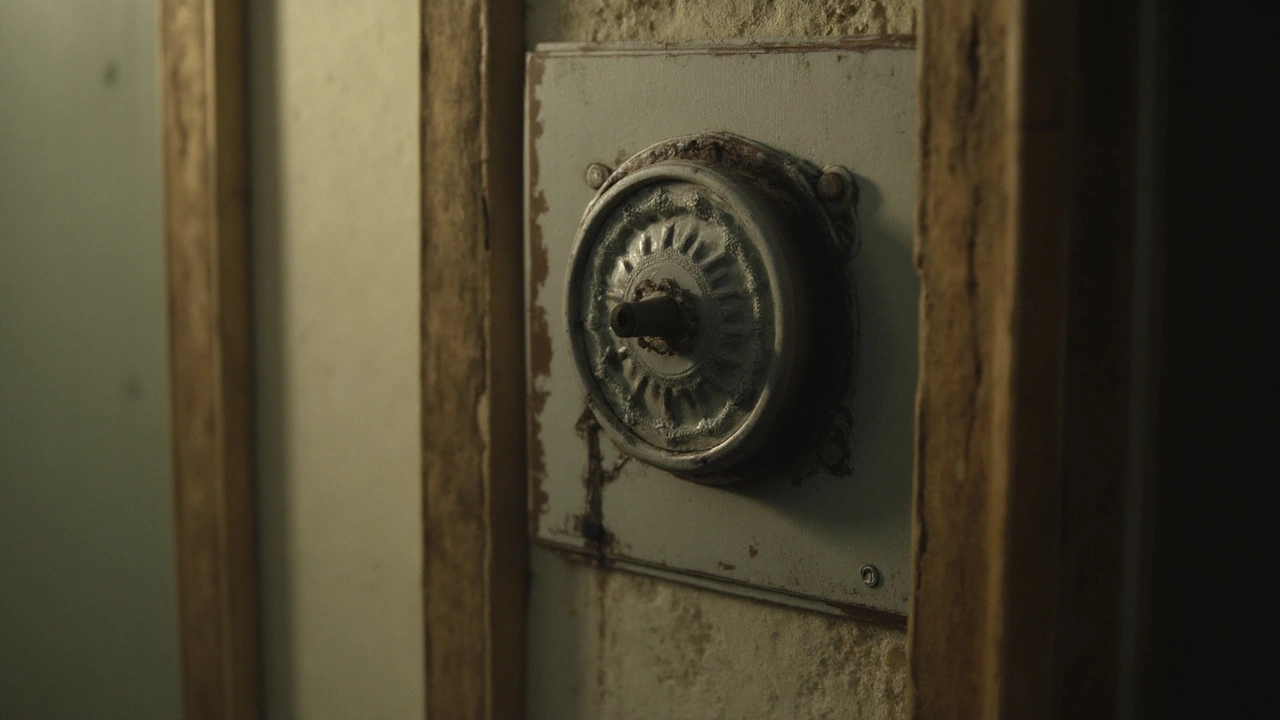New Zealand Hot Water Safety: Keep Your Family Warm and Safe
Ever walked into a shower expecting a warm rinse and got a blast of scalding water instead? That shock can be more than uncomfortable—it can cause serious burns, especially for kids and the elderly. In New Zealand, hot water systems come in many shapes, and each one has its own safety quirks. Knowing the risks and how to fix them puts you in control of a safer home.
Common Hot Water Hazards in NZ Homes
The biggest danger is water that's too hot. Older tanks often lack a reliable thermostat, so the temperature can sky‑rocket above 60 °C. A quick splash can leave a painful burn in seconds. Another hidden threat is a leaking gas‑powered heater. Tiny leaks may not smell at first, but they can build up carbon monoxide, a silent killer. Pressure problems can also cause pipes to burst, flooding your kitchen or bathroom.
Besides burns and gas, poorly maintained tanks can rust from the inside. Corrosion weakens the shell, leading to sudden leaks or even a tank collapse. If you hear strange noises—hissing, rumbling, or whistling—it could mean sediment buildup or a failing pressure valve. Ignoring these signs often ends in a costly call for emergency repairs.
Practical Steps to Boost Your Hot Water Safety
Start with a thermostatic mixing valve. It blends hot water with cold to keep the output under 50 °C, a safe limit for most households. Set the valve, then check the temperature with a cheap kitchen thermometer once a month. If the water feels too hot, adjust the valve right away.
Schedule an annual boiler service with a Gas Safe‑registered technician. They’ll test gas pressure, look for leaks, and make sure the combustion chamber is clean. A proper service also checks the pressure relief valve, which should pop open if the system gets too hot or over‑pressurised. Don’t skip this visit; it’s the easiest way to spot problems before they flare up.
Flush your hot‑water tank every two years. Sediment settles at the bottom, reducing efficiency and causing the heater to overheat. Turn off the power or gas, attach a garden hose to the drain valve, and let the water run until it’s clear. While you’re at it, inspect the anode rod—if it’s mostly eroded, replace it to extend the tank’s life.
If you notice consistently cold water, a tripping reset button, or water pooling around the heater, it’s time to call a professional. These symptoms often point to a failing element, a bad thermostat, or a deeper gas issue that needs specialist tools. Trying to fix them yourself without proper training can be dangerous.
For DIY tasks like checking the pressure gauge or tightening a loose pipe, always turn off the electricity or gas supply first. Use insulated gloves, and never bypass safety devices like the pressure relief valve. If you’re unsure about any step, pause and book a qualified repair service. It’s a small cost compared to the risk of burns or a gas incident.
Keeping hot water safe in New Zealand isn’t about expensive upgrades; it’s about regular checks and simple fixes. A mixing valve, an annual service, and a quick tank flush can dramatically lower the chance of burns, leaks, and carbon monoxide exposure. Stay proactive, and you’ll enjoy reliable hot water without the worry.
What Happens If You Keep Resetting Your Water Heater? Risks, Fixes, and Safe Steps
0 Comments
If your water heater keeps tripping, stop hammering reset. Learn the real risks, quick checks, safe resets, when to call a pro, and how to fix it for good.
Read More